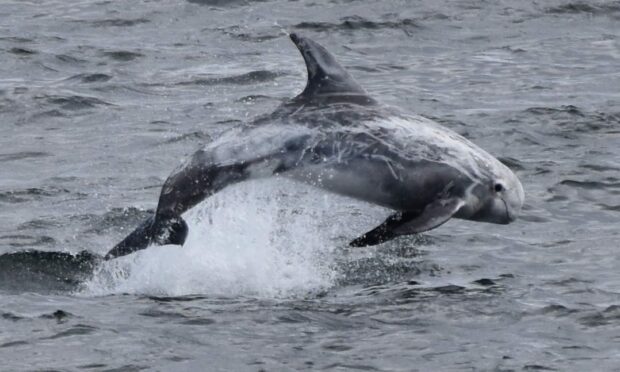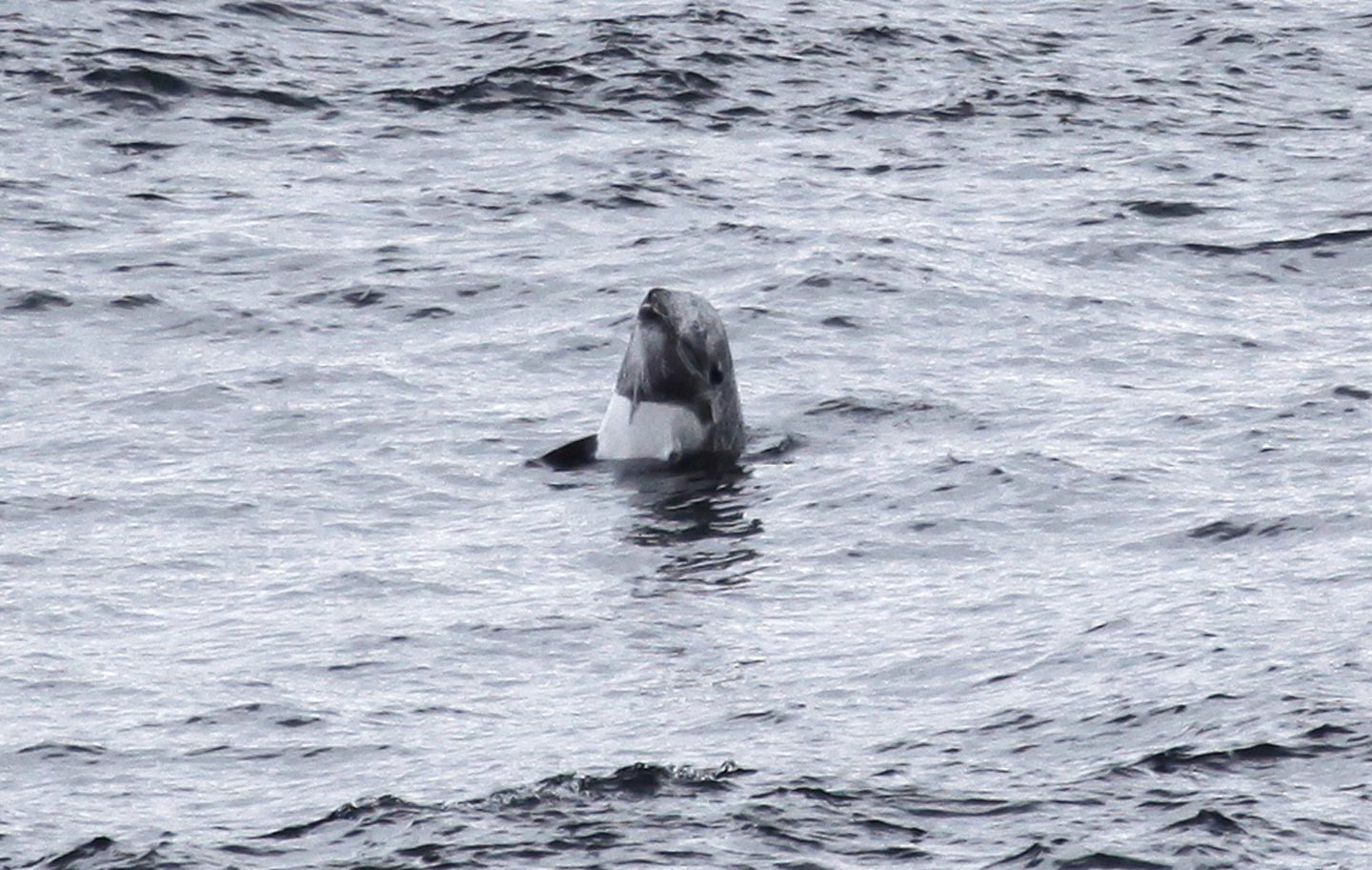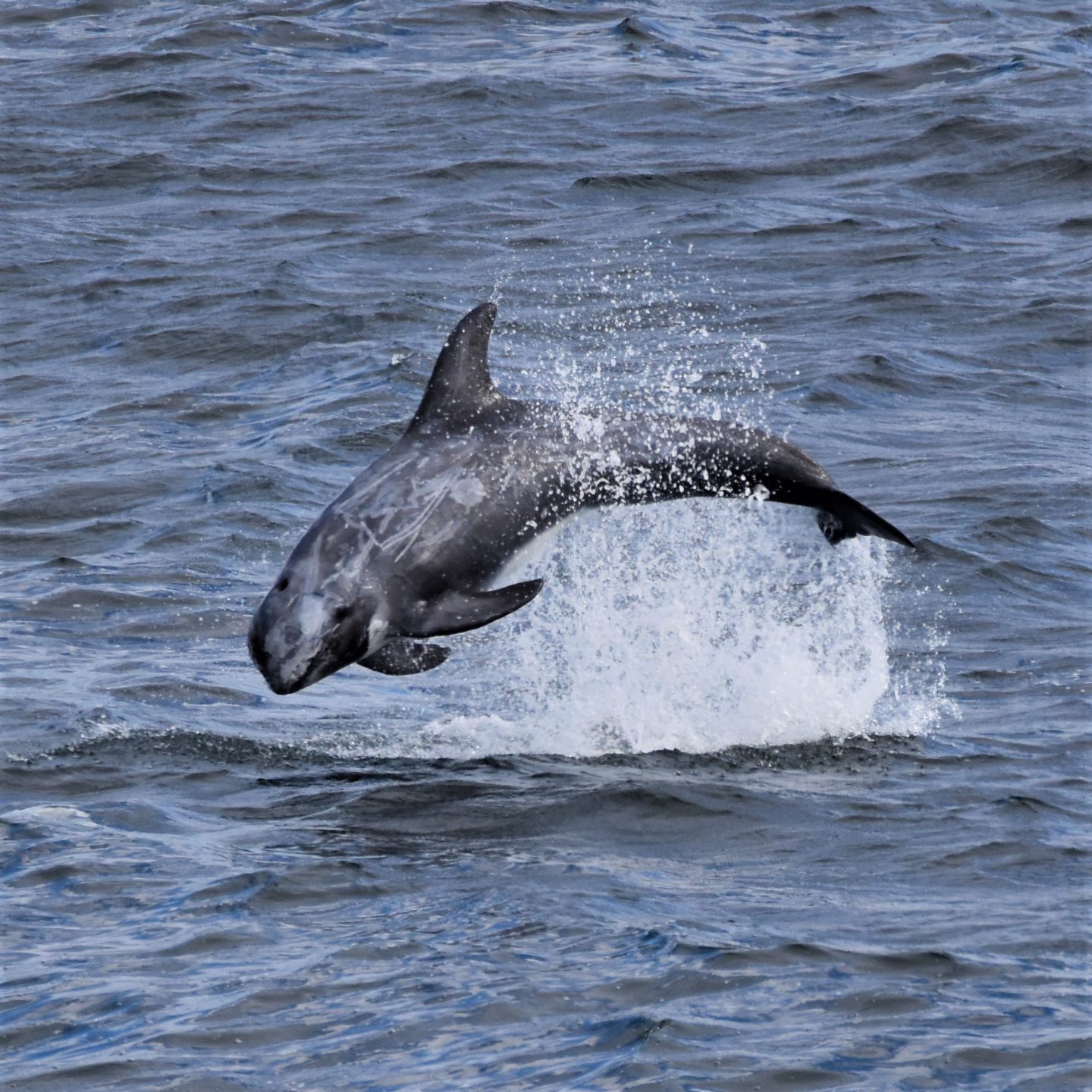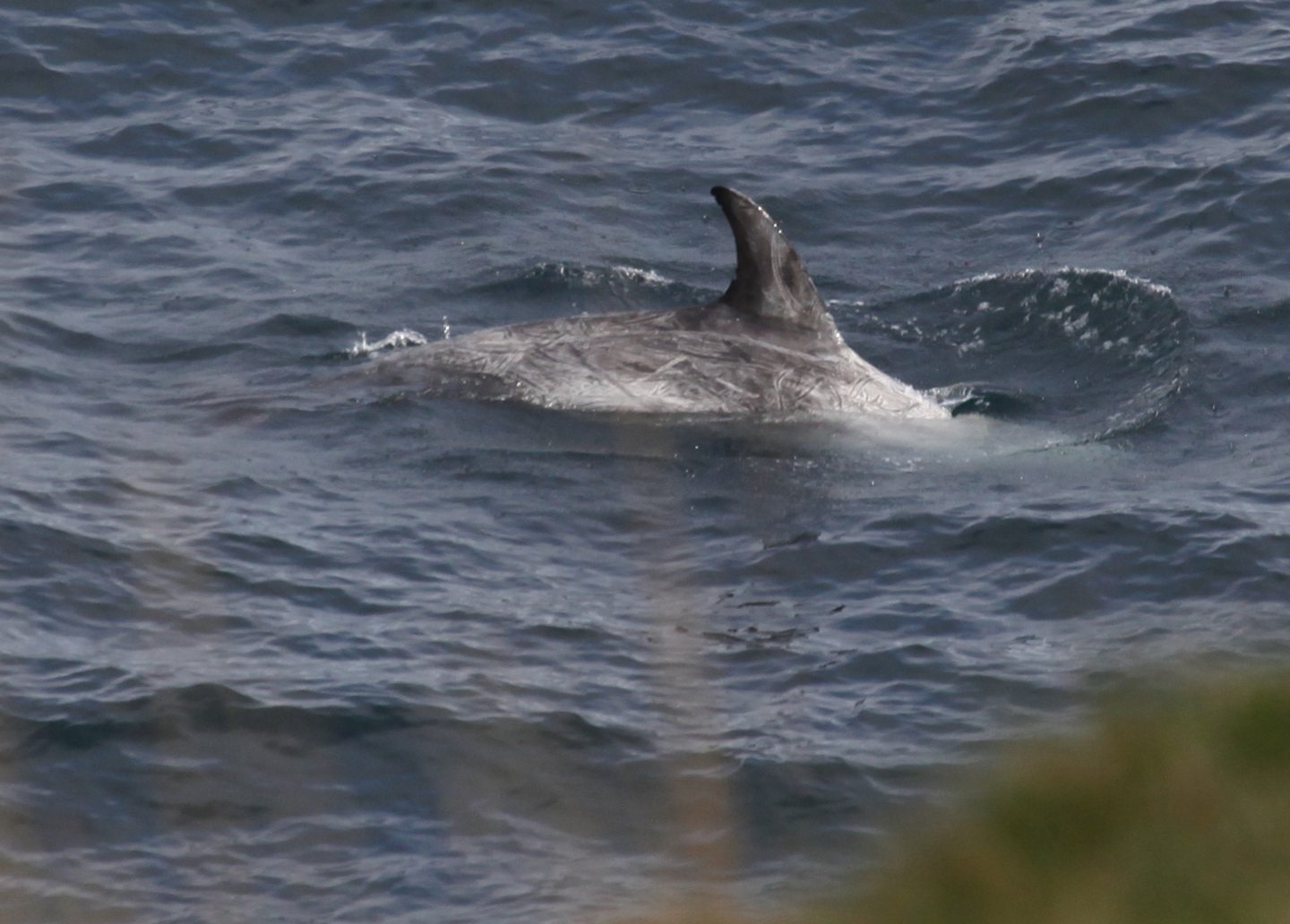Research into some of Scotland’s most mysterious marine creatures has been greatly assisted thanks to thousands of photographs taken by the public all the way from Shetland to the north-east.
The enigmatic Risso’s dolphin is one of the more poorly-understood species you can spot swimming off Scotland’s coastlines.
Because so little is known about the populations of the animals seen in our seas, work is underway to help scientists and government better understand and protect them from threats.
This week, the Whale and Dolphin Conservation (WDC) charity has published two huge identification catalogues of images of the animals captured by members of the public.
One covers Shetland, and the other covers Risso’s photographed in the north-east and north of Scotland, as well as off Orkney.
The WDC catalogues will help researchers get a better grasp on how populations of the species are doing, and even track how individual animals are doing over years and years.
How can you tell one Risso’s dolphin from another?
Risso’s dolphins can be tracked down to individual animals because of their unique markings.
The animals have a grey skin tone, but over their lifetimes they develop unique scratches and scarring all over their bodies which can be used as a sort of fingerprint to determine one dolphin from another.
It’s believed they get these marks from interactions with other dolphins, and from their prey as they mainly eat squid and octopus.
Katie Dyke, who coordinates shore-watches for whales and dolphins for WDC, says the catalogues, and the photographers snapping the images for them, will greatly aid in tracking the overall health of the species in Scotland.
Like many other marine species, they face all sorts of threats such as from marine plastics, boat collisions, and entanglement in creel ropes.
Although they’re widely distributed across the UK, WDC says they are not considered to be particularly numerous.
Katie explained: “Risso’s dolphins are amazing creatures and to protect their long-term future, we need to better understand where they go and how they use different habitats.
“We basically need as many photographs as possible to continue to piece together the Risso’s jigsaw puzzle.
“We couldn’t have got to this stage without the help of the community.”
Here’s how you can help
If you manage to spot a Risso’s dolphin and get a clear photo of its dorsal fin, or even better its entire body if it jumps out of the water, you can submit your photograph to WDC by emailing shorewatch@whales.org.
You can also flick through the two identification catalogues and see if it’s an individual that’s been photographed before, or determine if it’s a totally new animal nobody has catalogued before.
You can download the Orkney and North/North-East catalogue here, and the Shetland one here.





Conversation